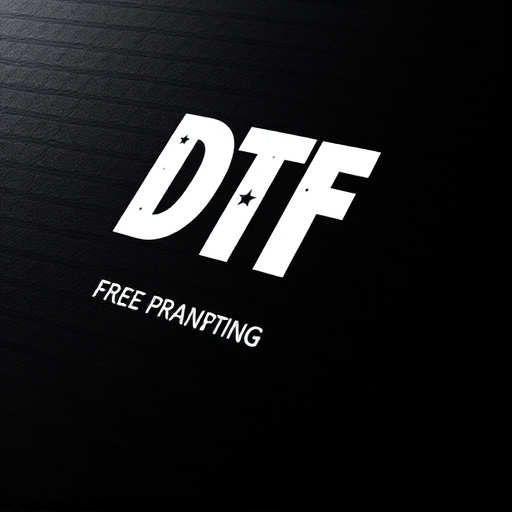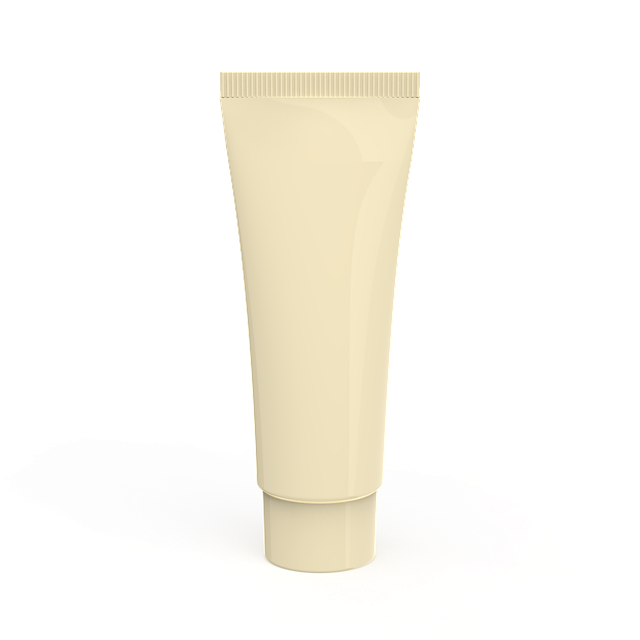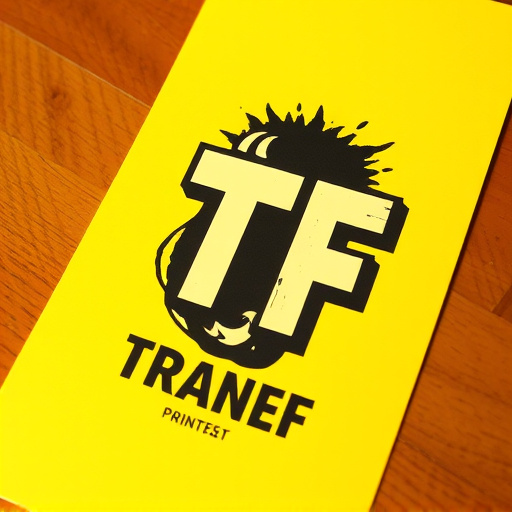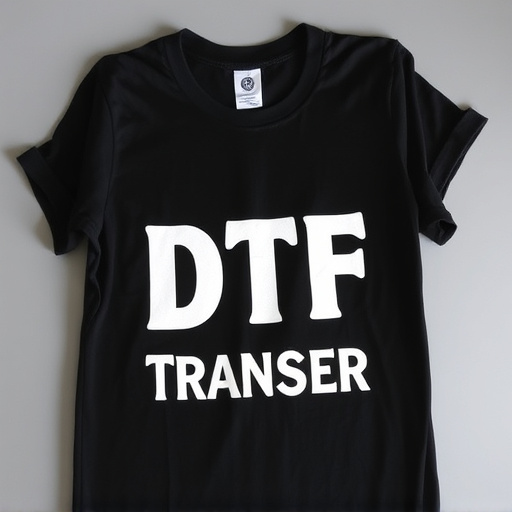DTF (Direct-to-Film) printing is a cutting-edge technique revolutionizing garment production by allowing intricate designs to be transferred directly onto fabric using heat and pressure. Film transfers act as customizable templates, offering designers vast creative options from subtle monograms to bold graphics. Care instructions for DTF-printed garments focus on gentle hand washing in cold water, air drying away from direct sunlight to preserve vibrant prints. Storage should keep them away from UV light and moisture. Ironing and pressing set inks, maintain design clarity, and remove wrinkles. Special care is needed for film transfer garments, using cold water and avoiding rough handling or direct heat to prevent fading or flaking. DTF Printing upcycles old clothes into unique statement pieces by applying vintage designs or custom artwork, promoting sustainable fashion.
“Unleash your creativity with DTF (Direct-to-Film) printing on garments—a unique method revolutionizing fashion. This article is your ultimate guide to caring for these stylish pieces. From pre-wash preparation to creative upcycling, we explore every step. Learn how to handle and store your DTF transfers to maintain their vibrancy, and discover tips to iron them perfectly. Understand common issues and embrace the art of enhancing your designs. Get ready to dress with film transfer flair while keeping your garments in top condition.”
- Understanding DTF Printing and Film Transfers
- Pre-Wash Care: Preparing Your Garment
- Handling and Storage: Maintaining Quality
- Ironing and Pressing: Enhancing the Design
- Common Issues and Their Solutions
- Creative Tips for Upcycling with DTF Prints
Understanding DTF Printing and Film Transfers
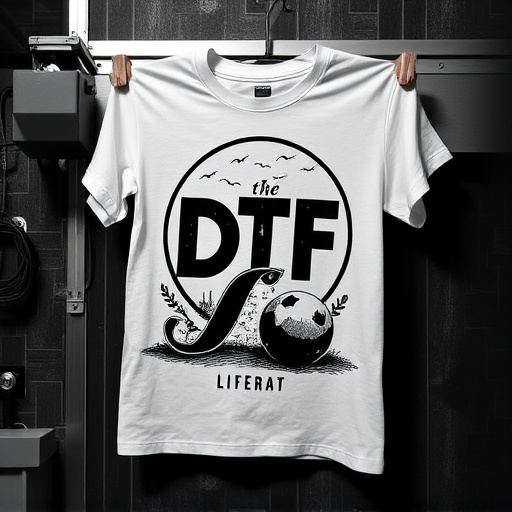
DTF (Direct-to-Film) printing is a cutting-edge technique revolutionizing the garment industry, especially for creating unique and personalized designs. This process involves transferring intricate patterns or images directly onto fabric using heat and pressure. The result is a vibrant, long-lasting print that becomes an integral part of the fabric, unlike traditional screen printing methods where ink sits on top of the surface. Film transfers, in this context, are essentially pre-designed templates or custom artwork that serves as the basis for DTF printing.
These film transfers offer designers and enthusiasts a vast array of possibilities, allowing them to create custom garments with intricate details and bold statements. The prints can range from subtle monograms to eye-catching graphics, all achieved without the need for complex set-up or multiple printing stages. Understanding DTF Printing and its reliance on film transfers is key to unlocking endless creative options in the world of fashion design and customization.
Pre-Wash Care: Preparing Your Garment
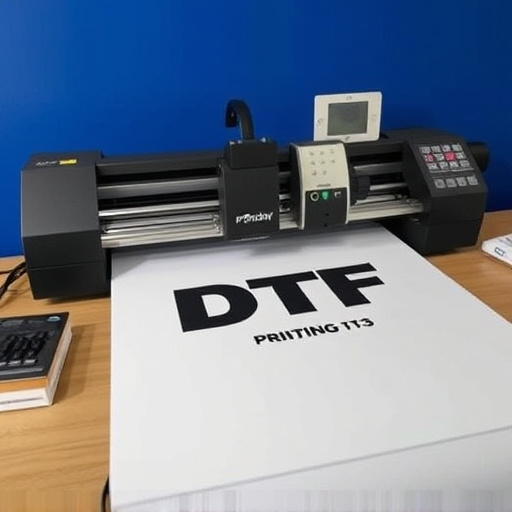
Before washing your garment with film transfers, proper preparation is key. Start by checking the care label for any specific instructions and water temperature recommendations. Generally, it’s best to pre-wash items with similar colors together to prevent dye bleeding. For DTF Printing garments, this means ensuring no loose particles or debris on the surface of the design, as this can affect the print quality during washing.
Gently hand wash your garment in cold water using a mild detergent to maintain the integrity of the film transfer. Avoid aggressive agitation or spinning to prevent damage or fading. Air dry flat and away from direct sunlight to protect the vibrancy of the prints. This pre-wash care routine ensures that your DTF Printing garments remain in excellent condition for future wears.
Handling and Storage: Maintaining Quality

Proper handling and storage are essential for preserving the quality of garments with film transfers, especially after DTF (Direct to Film) printing. These delicate designs require careful treatment to maintain their vibrancy and detail. Avoid direct sunlight when storing the garments as UV rays can cause fading over time. It’s recommended to keep them in a cool, dry place, folded gently without creasing or wrinkling the transferred areas. Using acid-free tissue paper or fabric covers can help protect the design from dust and other debris.
When handling, be gentle! Avoid pulling or tugging at the fabric, especially around the transfer edges. Use clean hands to avoid transferring oils or dirt onto the garment’s surface. Consider storing garments in a well-ventilated wardrobe or drawer to maintain optimal conditions, preventing mold or mildew from forming, which can damage the print and fabric over time.
Ironing and Pressing: Enhancing the Design
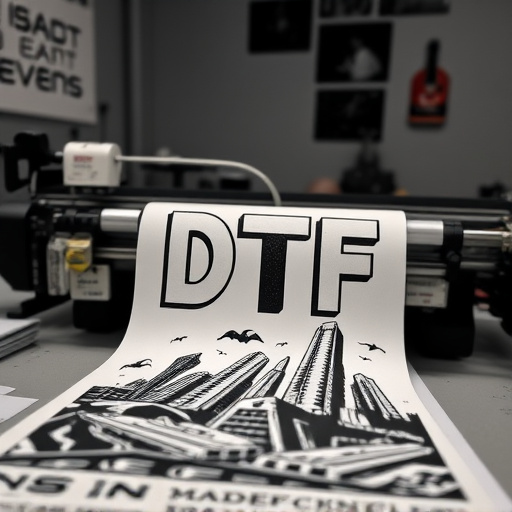
Ironing and pressing play a crucial role in enhancing the design of garments with film transfers, especially after DTF (Direct to Film) printing. The process involves carefully heat-treating the fabric to set the inks and ensure the transfer remains vibrant and long-lasting. When ironing, use a low to medium heat setting, depending on the garment’s material, and always follow the manufacturer’s care instructions. A quick press with a warm iron can significantly improve the clarity and durability of the design.
Regular pressing helps maintain the crispness of lines and prevents the transfer from smudging or fading over time. It also allows for easy removal of any wrinkles, ensuring your garment looks as good as new. This simple step can make a big difference in the overall presentation and longevity of DTF-printed garments with film transfers.
Common Issues and Their Solutions
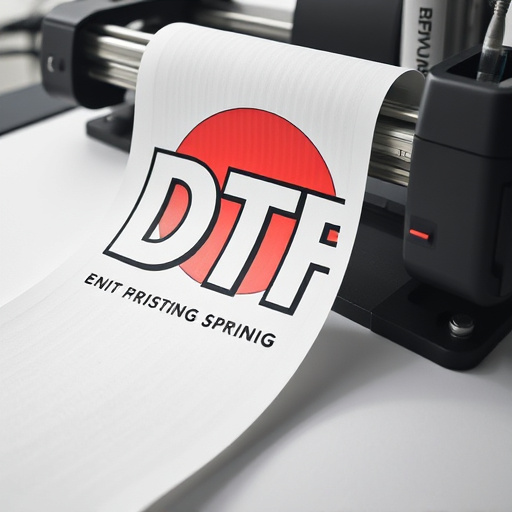
Film transfer garments often face unique challenges due to the delicate nature of the printing process. One common issue is fading, which can occur over time or with repeated washing. To mitigate this, opt for cold water washes and gentle cycle settings. Using mild, color-safe detergents and avoiding fabric softeners can also preserve the vibrancy of colors.
Another problem may be peeling or flaking of the film transfer. This can be attributed to rough handling or exposure to heat. Gentle care is crucial; avoid wringing or twisting the garment and always allow it to air dry. Additionally, storing clothing in a cool, dry place away from direct sunlight helps prevent damage. For especially valuable pieces, consider using protective covers or storing them flat to maintain their original condition. DTF printing enthusiasts often find that taking these simple precautions ensure their film transfer garments remain in top condition for years to come.
Creative Tips for Upcycling with DTF Prints

DTF Printing, or Direct-To-Film Printing, offers a unique and creative way to upcycle garments. With its ability to produce high-quality, durable designs, it’s not just for new creations but also for transforming your old clothes. Imagine turning a simple t-shirt into a statement piece by applying a film transfer with a vintage poster design or creating a one-of-a-kind outfit from scrap materials. This eco-friendly approach not only extends the life of textiles but also allows for endless artistic possibilities.
Experiment with different techniques like layering prints, combining textures, and mixing media to make your upcycled garments truly stand out. You can incorporate personal touches by using custom artwork or even family photos, making each piece a meaningful and unique addition to your wardrobe. So, embrace the creativity within and start exploring the art of DTF Printing for an innovative and sustainable fashion journey.




